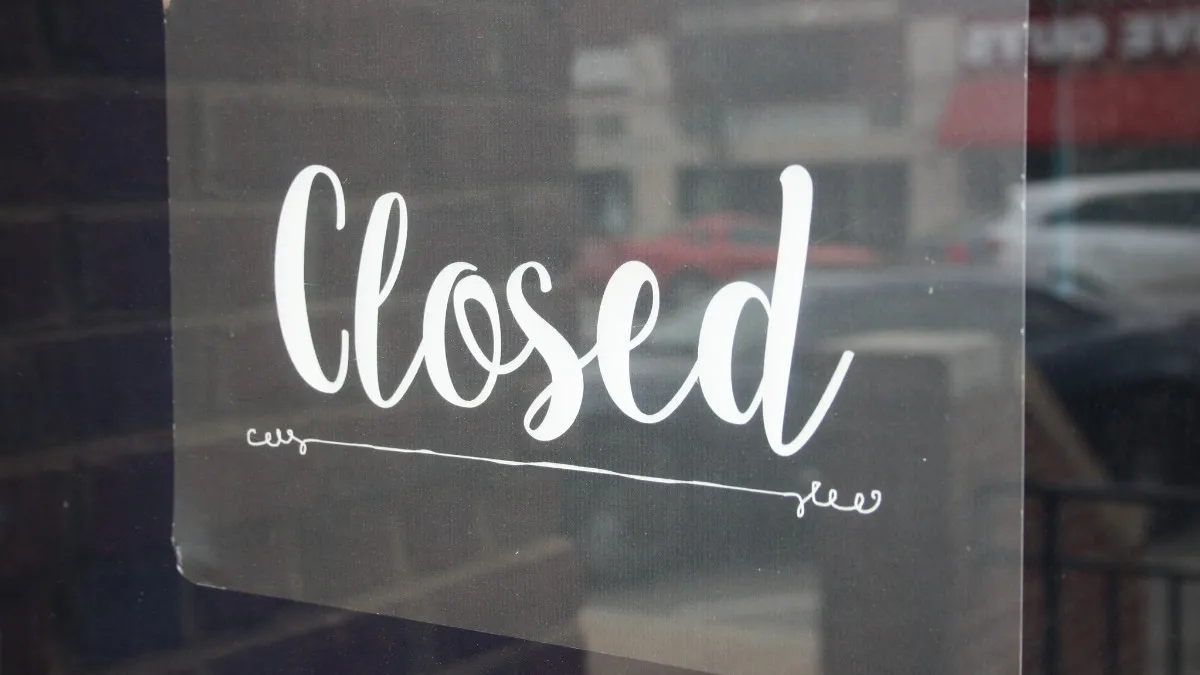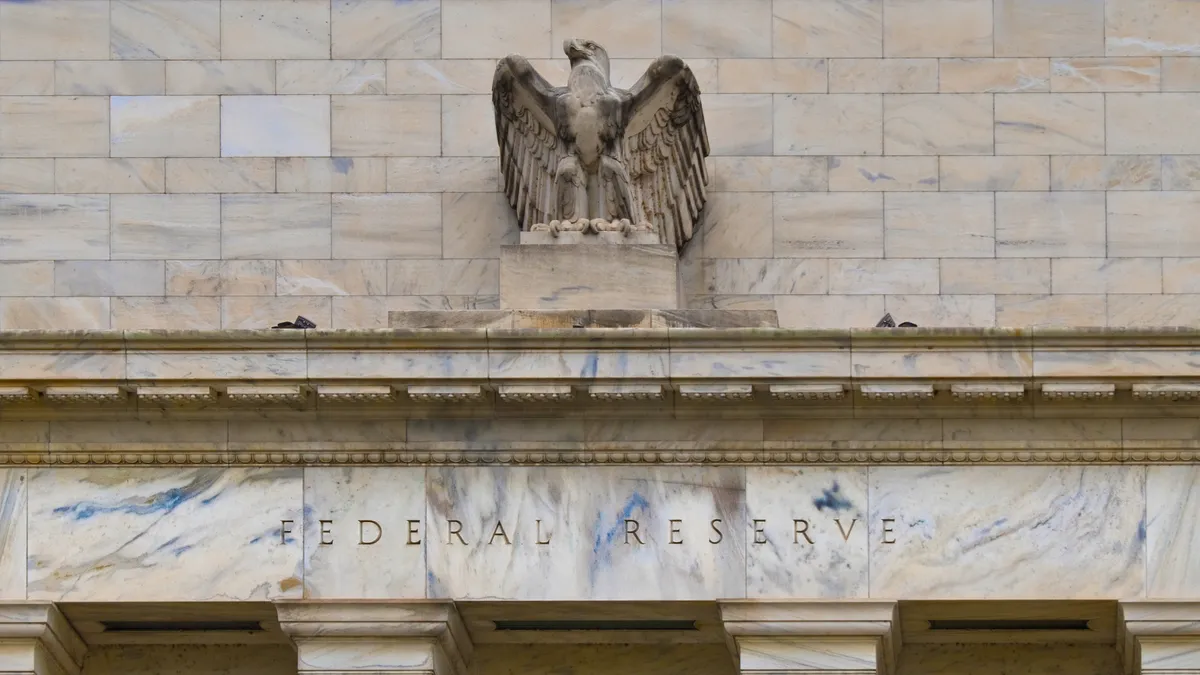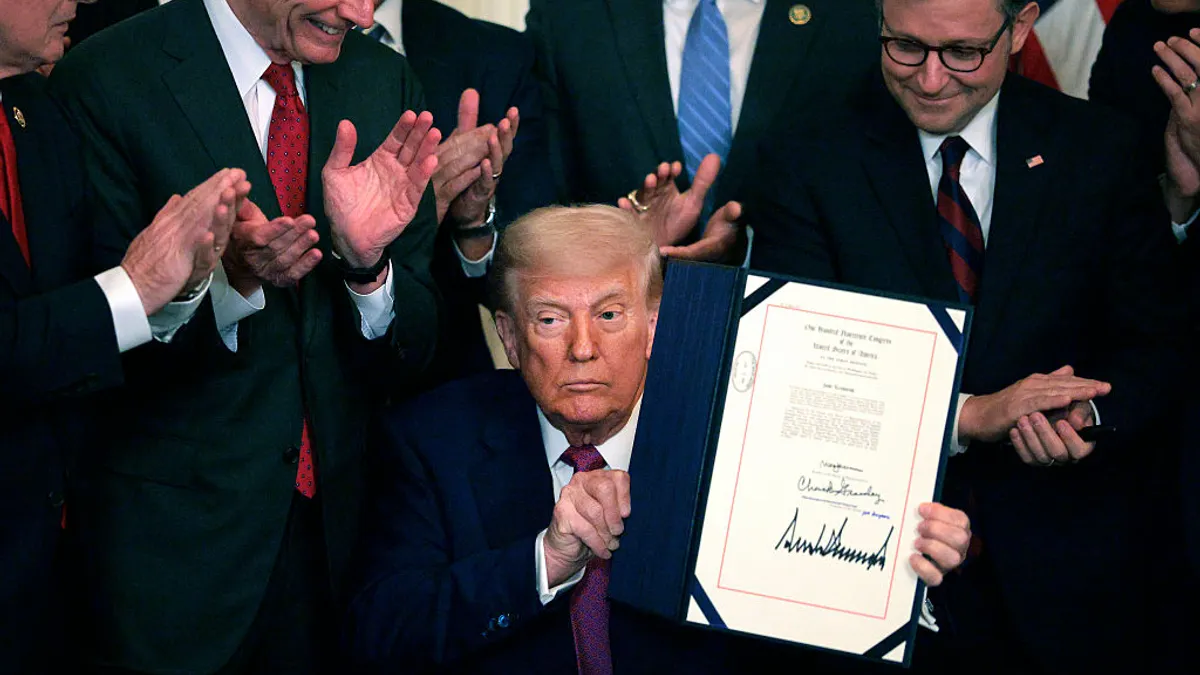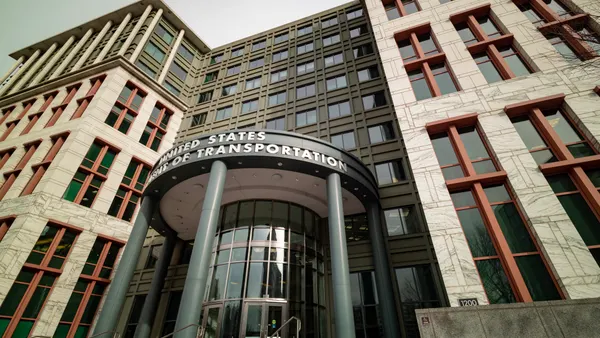The federal government's loan program isn't helping because of its focus on payroll support, small business owners say.
In rules written by the Small Business Administration (SBA) and the Department of Justice, at least 75% of funds given to business owners under the $660 billion Paycheck Protection Program (PPP) must go toward retaining or rehiring employees who would otherwise be out of work.
Business owners say the intent to keep money flowing to employees is understandable, but it misses the mark on what is needed: funds to meet operational costs, such as rent and utilities. The experience Timothy Kaltaler, owner of a family dentistry office in Liverpool, New York, has had with the PPP exemplifies the dilemma some small businesses face.
Prior to the downturn, Kaltaler employed seven people, including dental hygienists and a receptionist. When he applied for the PPP loan, Kaltaler's intent was to have the bank hold the funds until the state-mandated business closures lifted. Then, he would use the money to bring back staff. But after getting his application approved, Kaltaler was told he had to take the loan immediately and use it within eight weeks. So, he deposited the money into an account, where it lays in wait.
If Kaltaler was to use the funds to cover his rent and other operational costs now, instead of putting 75% of it toward payroll or letting it sit in an account, he would become ineligible for loan forgiveness. If he were to immediately use the loan for payroll, Kaltaler would have to take his former employees off unemployment and rehire them, even though they won't have work to do until the business reopens.
"Most of my employees are making their full wage on unemployment. They're happy where they're at," Kaltaler told sister publication CFO Dive. "A payroll loan when you're in mandatory closure doesn’t have a ton of benefit."
Liquidity aid isn't enough
The program offers liquidity support for businesses still able to operate, at least partially, though it's less help for businesses that have had to shut down completely, a study by MIT and the University of Chicago has found.
The trucking industry welcome liquidity support when President Donald Trump signed the first round of relief at the end of March.
"It’s important for our nation’s supply chain that trucking has access to liquidity, so we can keep our trucks on the road — and not on the sales lot," Chris Spear, ATA president and CEO, said in a press release. "Truckers don’t have the option to telework, and they’re not asking for a handout. But they are asking for liquidity and the necessary bridge to keep trucks moving as America recovers from this crisis."
But calls have grown for targeted federal relief, particularly for smaller carriers. KeepTruckin, a fleet technology company, set up an online petition asking for a program similar to the PPP but specific to the industry. At the end of April, the petition had amassed 20,000 signatures.
"(PPP) is a great program for small businesses generally, but its calculation doesn't include those two very high costs — insurance premiums and truck payments," Travis Baskin, KeepTruckin head of regulatory affairs, told Transport Dive.
To make the program more useful, the Small Business & Entrepreneurship Council wants to see four changes:
- Extending the end of the covered period from June 30 to Dec. 31.
- Extending the eight-week window in which borrowers must use the money to 24 weeks.
- Eliminating the 75% requirement that funds be used for payroll.
- Specifying that technology, which is important for helping small businesses transfer some of their business online, be named an eligible use of the funds.
"There was no ratio placed on allowable forgivable expenses by Congress in the legislation, and the 75-25 rule must be lifted," said Karen Kerrigan, president and CEO of the Small Business & Entrepreneurship Council.
The administration has defended the 75% requirement as necessary for keeping pressure off unemployment rolls. But two academics who helped design the loan program said the limit shows regulators don't understand the cost pressures small businesses face.
"The cap is a mistake," Glenn Hubbard, dean emeritus at Columbia Business School, told The Wall Street Journal. He, along with Michael Strain of the American Enterprise Institute, worked on the design of the program. "Treasury and the SBA were not really fulfilling the intent of the original legislation."
Relief outside the PPP
Whether or not changes are made to the PPP, other tax benefits included in the federal law that created the loan program can provide some relief.
For businesses that don't take out a loan, there is an employer tax credit equal to 50% of wages for every employee up to $100,000 in base compensation. Companies that have 100-plus employees can take the credit only for those not working; companies with 100 or fewer can take the credit for all employees.
Analysts say it's clear the tax credit is not given to a business, if that business gets the loan and it is subsequently forgiven. What is less clear is whether the credit applies if a business get the loan but, because it failed to meet the 75% or other requirement, the loan isn't forgiven.
There's also a payroll tax deferral component. That deferral amounts to an interest-free loan: it frees up employers from having to pay their portion of employees' 2020 social security tax for up to two years. Half the taxes are paid at the end of 2021; the remaining half are paid at the end of 2022.
How much the tax benefits will help a small business owner like Kaltaler remain to be seen. But, so far, the loan portion of the government's effort to help his struggling dental practice hasn’t worked for him.
"This has been a big poker game, and my hand hasn’t been very good," he said.




















